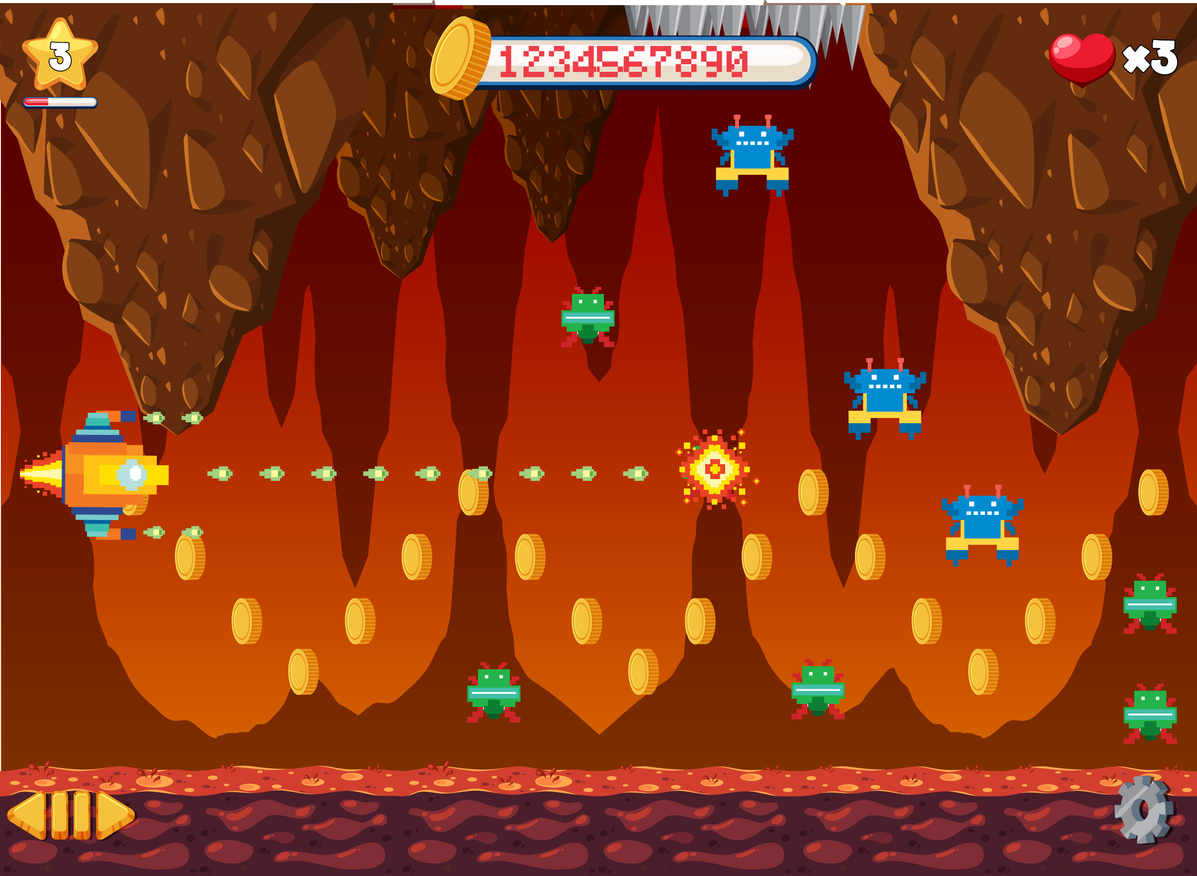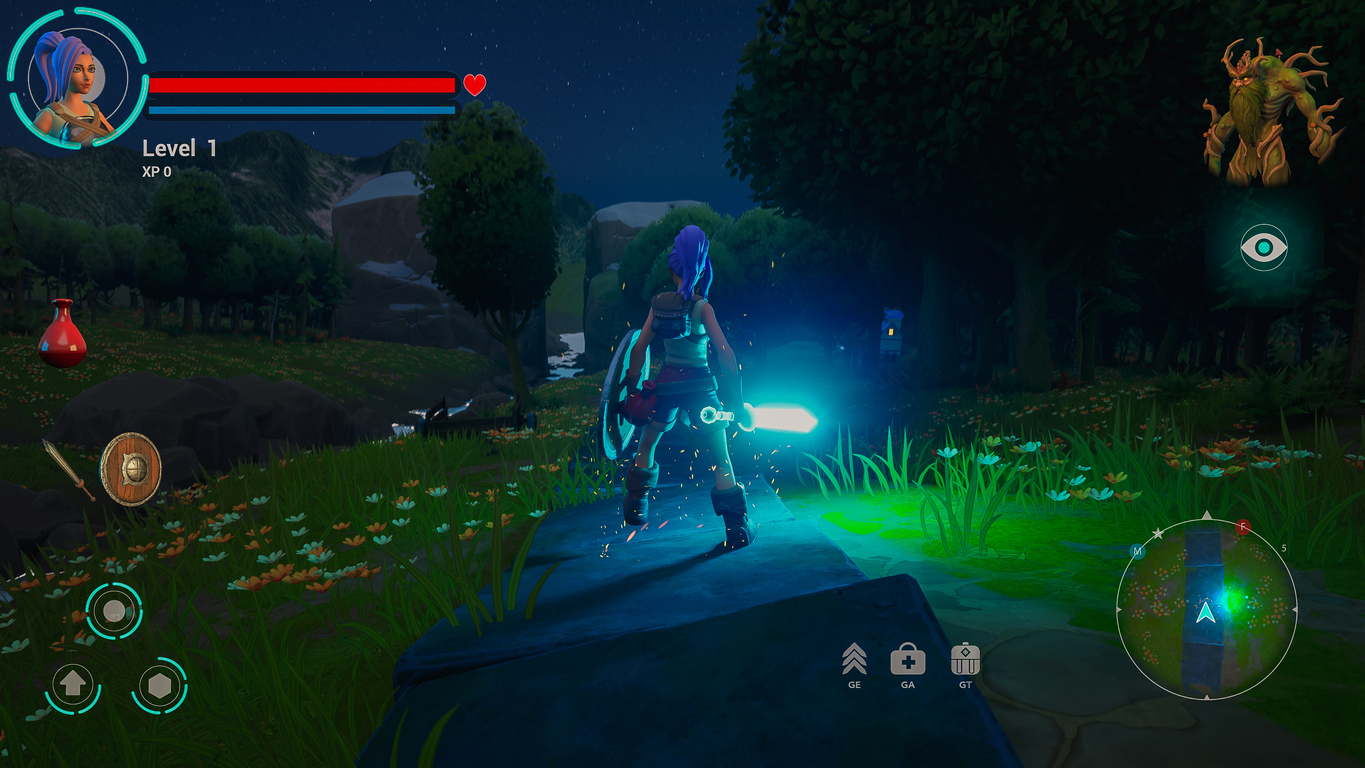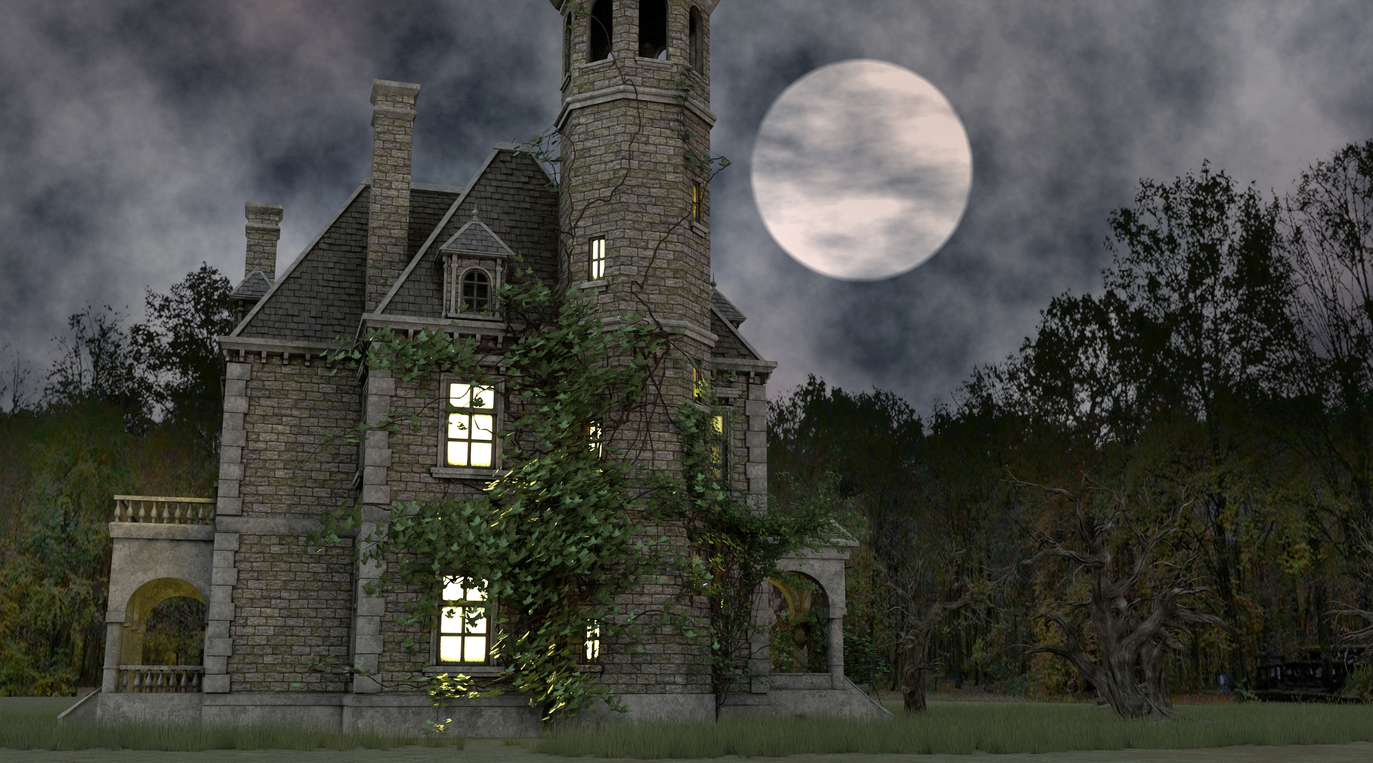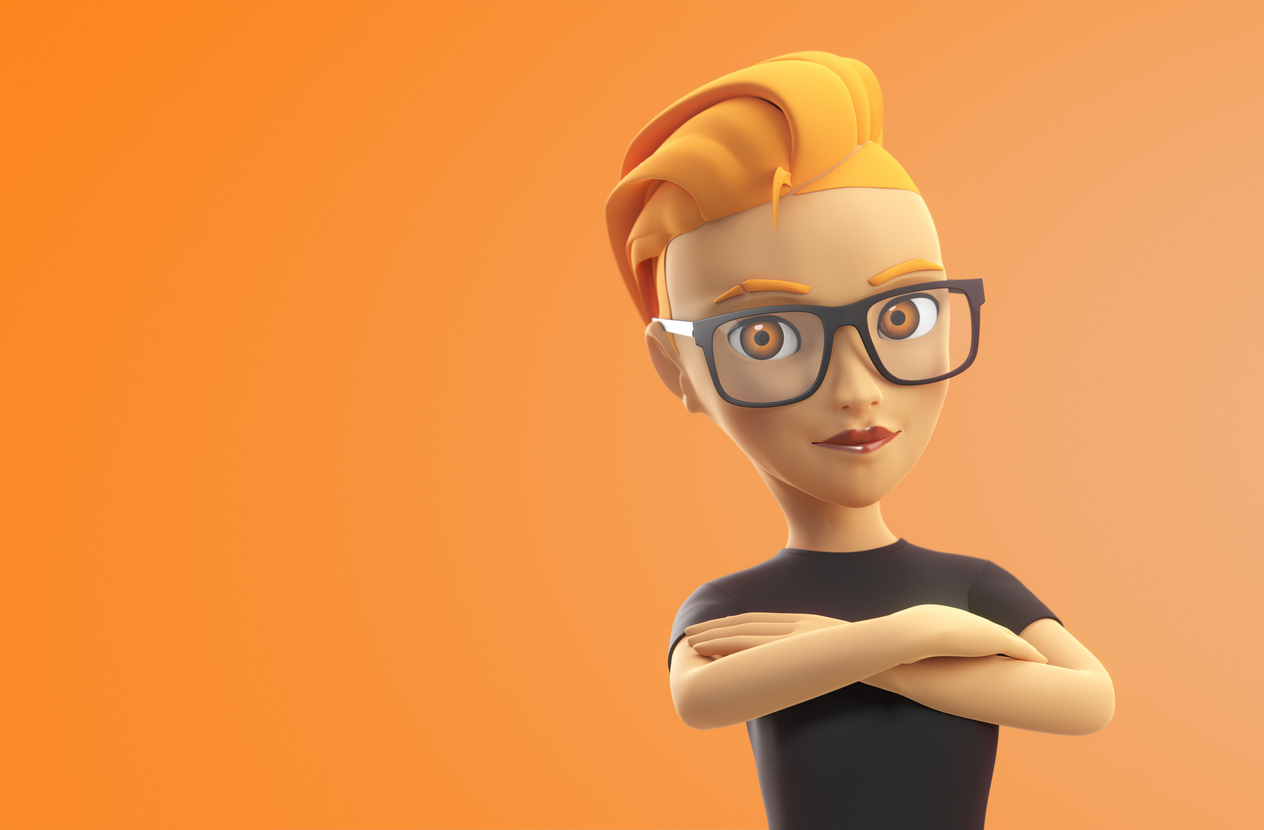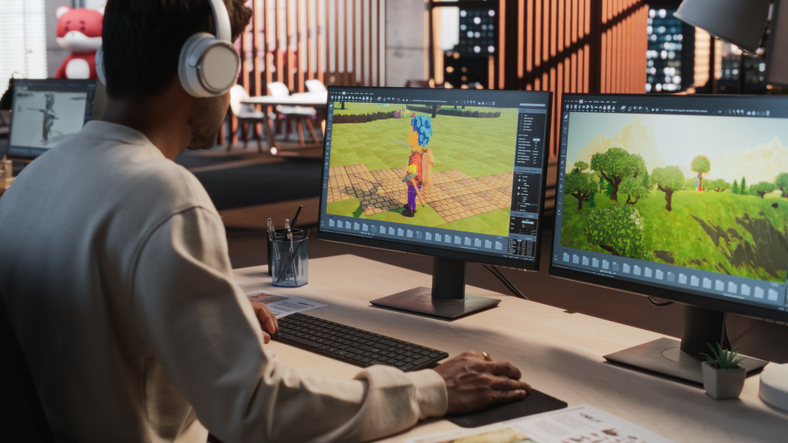If you’re eyeing a career in gaming, you’ve likely seen the word “Redshift” pop up in software requirements or technical discussions. It can be confusing because it refers to three distinct concepts: a powerful graphics engine, the physics of space travel, and the way sound changes during movement.
For students in the Game Development and Design Diploma Program at VCAD, mastering these distinctions is a great way to get a head start. It highlights the fascinating interplay between art, science, and technology that defines this industry.
How Does Redshift Work in Video Games?
1. The Graphics Tool: Redshift Renderer
When a 3D artist talks about Redshift, they’re referring to a specific piece of software from Maxon known as a "biased GPU renderer." This technical term is key to understanding its power.
Historically, rendering high-quality images was handled by the computer's main processor (CPU). This was accurate but incredibly slow, often taking hours to render a single frame. Redshift revolutionized this by moving the heavy lifting to the graphics card (GPU). Its "biased" approach uses smart shortcuts to estimate how light bounces, rather than calculating every single ray perfectly. The result is a photorealistic image rendered in minutes instead of hours.
So, Do You Play Games Using Redshift?
This is a common question. Despite its speed, Redshift isn't typically used for real-time gameplay at 60 frames per second. Instead, developers use a crucial workflow called "Baking."
This is a core skill for environment artists. The studio workflow looks like this:
- High-Poly Modeling: An artist builds an incredibly detailed model with millions of polygons.
- Redshift Lighting: This detailed model is lit within Redshift to create beautiful, realistic lighting, soft shadows, and perfect reflections.
- Baking: This lighting information is then "baked" into a flat texture map—essentially a pre-painted picture of the lighting and shadows.
- Game Engine: A simpler, low-poly version of the model is used inside a game engine like Unity or Unreal, and the baked texture is wrapped around it.
The final game looks like it has expensive, complex lighting, but it's just displaying a static image. This trick allows games to look stunning without overloading your console.
2. The Physics: Redshift in Space Simulators
Now, let's switch to game design. If you're designing a space simulator like Elite Dangerous, Redshift takes on its literal scientific meaning: the Doppler effect for light.
Imagine a star moving away from you at incredible speed. The light waves it emits stretch out, shifting towards the red end of the spectrum (Redshift). If it moves toward you, the waves compress, shifting towards blue (Blueshift).
The Design Challenge: Realism vs. Fun
This presents a unique problem. A game that followed physics with 100% accuracy would be visually dull at best, and disorienting at worst. Traveling near light speed would warp your field of view, turning the world behind you black and the world in front into a blinding, ultraviolet donut.
As a designer, you must choose between realism and player experience. Most games opt for fun, replacing accurate Redshift with cinematic "hyperspace" lines or warp tunnels.
However, some indie and experimental games use real Redshift as a core mechanic. Programmers write complex shaders—scripts that tell the GPU how to draw pixels—to change the world's colours based on the player's velocity. It's a heavy math problem, but it creates a uniquely trippy visual style.
3. The Audio: The Redshift You Can Hear
The third application of Redshift is something you experience constantly without realizing it. In audio engineering, it's called the Doppler Effect—the same principle as astronomical redshift, but applied to sound waves.
Think of a car speeding past you in a racing game: the engine sound goes "NEEEEEE-ooooooom." The pitch starts high and drops low.
- Approaching: Sound waves are compressed, creating a higher pitch.
- Leaving: Sound waves are stretched, creating a lower pitch.
In early gaming, sound designers had to fake this by switching between two different sound files. Today, game engines handle it dynamically with math. When you work with engines like Unity or Unreal at VCAD, you learn that every sound source has a location in 3D space. The engine calculates an object's speed relative to the player and automatically adjusts the pitch in real-time. This is what gives modern games their powerful sense of speed and immersion.
Why This Matters for Your Career
You might wonder why you need to know about renderers, physics, and audio. The truth is, the best game developers see the big picture. You don't need to be an expert in everything, but you must understand how the pieces connect.
- An environment artist must understand Redshift rendering to create optimal assets.
- A level designer needs a grasp of light and sound physics to guide players effectively.
- A programmer must understand the underlying math to code the engines that make it all possible.
The industry values versatile developers who understand the entire pipeline. That’s why the VCAD Game Development and Design Diploma is comprehensive, which not just teaches one piece of the puzzle; we walk you through the entire production process.
You’ll start with artistic foundations, learning to model characters and apply lighting principles using tools like Redshift. Then, you’ll move to the technical side, learning the logic and coding that powers a game and how to implement your assets into a live engine. By graduation, you’ll have a portfolio that demonstrates you understand not just the how, but the why behind game development.
Final Thoughts: Ready to Start?
Whether you're drawn to the stunning graphics of a cinematic, the complex math of a physics engine, or the immersive power of sound design, there's a place for you in this industry. Redshift is just one part of the massive toolkit developers use daily. If you're ready to open that toolkit and start building your own worlds, we are here to help.
Check out the Game Development and Design Diploma Program at VCAD. Let's turn your passion for playing games into a career creating them.
